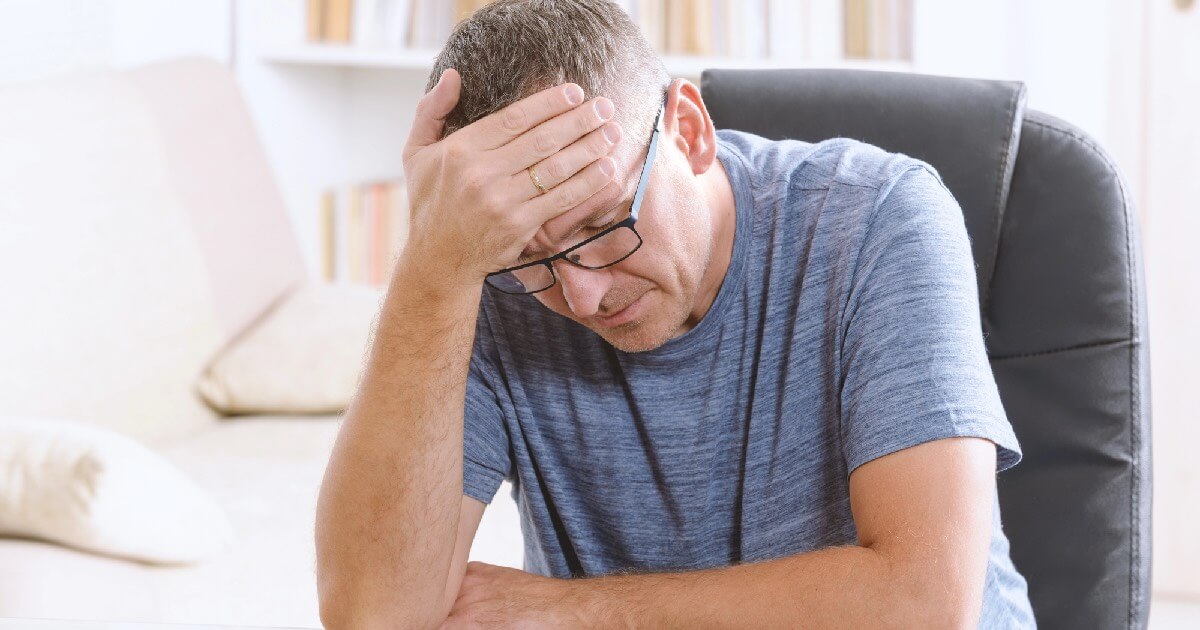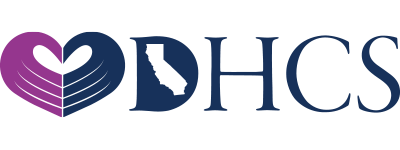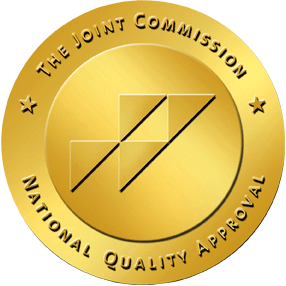Recovering from prescription drug use is a life-changing step, but for many people, it doesn’t mean the pain that led to those prescriptions disappears. Whether it’s from an injury, surgery, or chronic health condition, physical pain can linger long after treatment begins. This reality can make recovery feel complicated.
According to the National Center for Drug Abuse Statistics, 16 million Americans over the age of 12 misuse prescriptions each year. Opioids are the most commonly misused drug type. These medications are primarily used to treat pain, but they can be habit-forming, especially when used for more than a few weeks. So, if you’re receiving treatment for an opioid use disorder (OUD) but still dealing with chronic pain, what options do you have?
At first, it might seem like the very medications that once helped are now off-limits, and your choices are restricted. But it’s important to understand that the long-term use of opioids can actually make pain worse. Therefore, recovering from OUD and incorporating alternative strategies and supports make it possible to live well and manage chronic pain effectively.
Why Opioids Aren’t a Long-Term Solution
Opioids like oxycodone and hydrocodone can be highly effective for short-term pain relief, but long-term use can cause a phenomenon known as opioid-induced hyperalgesia. This happens because over time, opioids can change the way the nervous system processes pain, essentially lowering your pain threshold.
Instead of dulling discomfort, the body becomes more sensitive to painful stimuli. Everyday sensations that might not have been a big deal before all of a sudden feel intense. This creates a frustrating cycle where you take more medication to find relief, only to experience worse pain instead.
Another factor is tolerance. As the body reacts to regular opioid use, higher doses are needed to achieve the same pain relief. This escalating pattern increases the risk of dependency and amplifies pain once the medication wears off. Understanding this effect can help you make sense of your pain and work with your care team to find safer, more sustainable ways to manage discomfort.
The Unique Relationship Between Pain and Recovery
As you know, chronic pain can be physically and emotionally exhausting, leading to widespread issues like depression, anxiety, sleep problems, and reduced physical function. Being in recovery adds another layer of vulnerability. While prescription opioids and other pain medications may have helped manage your pain at one point, they can be addictive, starting the cycle of opioid use disorder in the first place.
During recovery, even legitimate pain can trigger cravings or emotional distress. For example, if you were prescribed painkillers after surgery, you might associate pain relief with the substances you once misused. That association can make pain feel more overwhelming than it is and increase the risk of relapse.
Recognizing this challenge is not a sign of weakness; it’s a crucial first step. By acknowledging that pain management in recovery is different, you can approach it with intention and support instead of fear or avoidance.
Ways to Manage Chronic Pain
Prioritize Open Communication With Your Medical Team
One of the most important things you can do is have honest, ongoing conversations with your healthcare providers. Let your doctors know about your history of prescription drug use and your recovery goals. This information helps them create a pain management plan that prioritizes both your safety and your comfort.
For some, this might mean using non-opioid medications. For others, it could involve carefully monitored prescriptions with strict safeguards in place. Either way, transparency is key. If possible, involve your addiction treatment team in these conversations. Pain specialists and recovery professionals working together can ensure that your plan supports your long-term sobriety, not just your short-term relief.
Explore Non-Pharmacological Pain Management Options
There are many evidence-based methods for managing pain without relying on addictive substances. While these approaches may not eliminate pain entirely, they can reduce its intensity and improve your overall quality of life. A few options include:
- Physical therapy: Gentle, guided movement can help restore function, reduce inflammation, and improve mobility over time.
- Cognitive-behavioral therapy (CBT): CBT teaches coping strategies that can change how you experience and respond to pain.
- Mindfulness and meditation: Regular practice can lower stress and help you separate the physical sensation of pain from emotional distress.
- Acupuncture or massage therapy: Alternative therapies can complement medical care and provide natural pain relief.
- Exercise and movement: Depending on your condition, low-impact activities like swimming, yoga, or walking can release endorphins, your body’s natural painkillers.
Finding the right combination may take time, but many people in recovery discover that a holistic approach gives them more control over their pain without putting their sobriety at risk.
Have a Relapse Prevention Plan
Pain flare-ups can be unpredictable, and moments of intense discomfort may make old thought patterns or cravings resurface. Having a relapse prevention plan in place gives you a safety net.
This plan might include identifying specific triggers, outlining healthy coping strategies you can use in the moment, and having someone to call when things get tough.
Attending support groups can also be helpful in addressing both recovery and chronic pain. You can learn what works for others and feel less alone in your struggles. Keep in mind that the goal isn’t to eliminate all risk, but to create a structure that helps you respond intentionally rather than react impulsively.
Be Honest With Yourself About Warning Signs
Self-awareness is one of the strongest tools you have in recovery. Pay attention to emotional or behavioral warning signs that pain may be leading you toward old habits, like justifying “one pill,” isolating yourself, or skipping support meetings.
If you notice these patterns emerging, reach out for help right away. Asking for support early doesn’t mean you’ve failed; it means you’re actively protecting your recovery.
A Healthier Future Is Possible
Recovery doesn’t mean living in pain forever. By working closely with your care team, exploring alternative therapies, and staying honest about your struggles, you can manage chronic pain in a way that supports your sobriety and overall well-being.
At Pura Vida Recovery, we understand that chronic pain and substance use often overlap in complex ways. Our team works with you to create a personalized recovery plan that addresses both your physical and emotional needs. We also support individuals as they transition into everyday living, ensuring they have support at all stages of their recovery.
You don’t have to choose between staying sober and finding relief. You deserve both. Contact Pura Vida Recovery today at (707) 879-8432 to learn more about our programs and how we can support your recovery.





